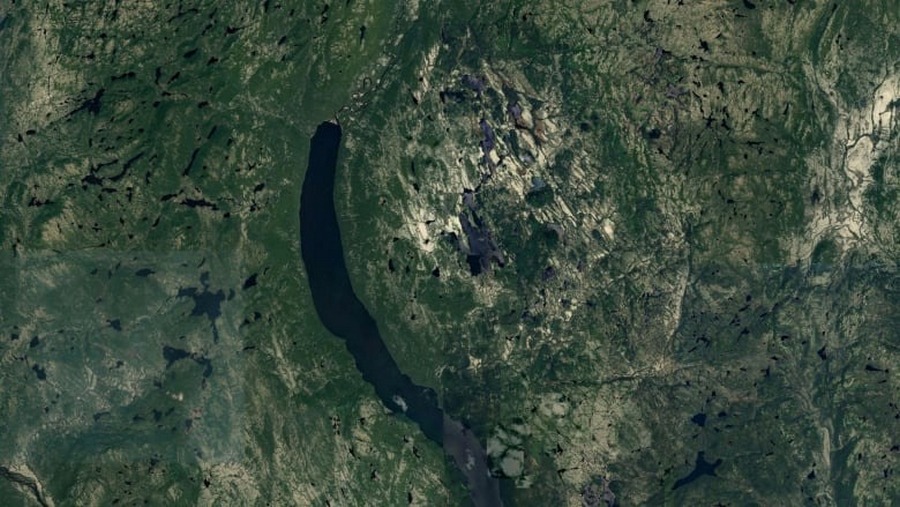While planning a hike using Google Maps, Joel Lapointe discovered the potential site of an ancient meteorite crater. While looking through the Côte-Nord region of Quebec, he noticed a circular structure about 15 kilometers in diameter near Marsal Lake, surrounded by small mountains. This seemed unusual to him, and he shared the observation with French geophysicist Pierre Rochette at CERGE.

Previous research suggests that this structure may be the result of a cosmic body impact. Rochette was so interested that he presented the data at the Meteoritical Society’s annual conference in Brussels. He is planning an expedition to the site to confirm the hypothesis in 2025 with Canadian colleagues.
Although similar structures can often be seen on Google Earth, only 10% of them turn out to be true impact craters. A group of scientists hope that this is one of those cases where the crater is real. The main sign confirming meteoritic origin is the presence of debris cones – cracks in the rocks. Earth science expert Gordon Osinski said the site was a “strong contender” for meteor crater status.
Rochette demonstrated that the ring of mountains around the lake conformed to the shape of the crater. The science team expressed that Lake Marsal has a good chance of being a new confirmed impact structure. If it can be proven to be a crater, scientists will study exactly when the impact occurred. There are about 200 impact craters in the world, of which 31 are in Canada and 10 in Quebec. Lake Marsal could be the 11th confirmed crater in the province.
Only the expedition, which will be not only a scientific journey, but a full-fledged expedition into the unknown, will be able to draw the final conclusions.
Earlier we reported on how Google Maps showed the destruction of Kharkiv.
According to popularmechanics.com


